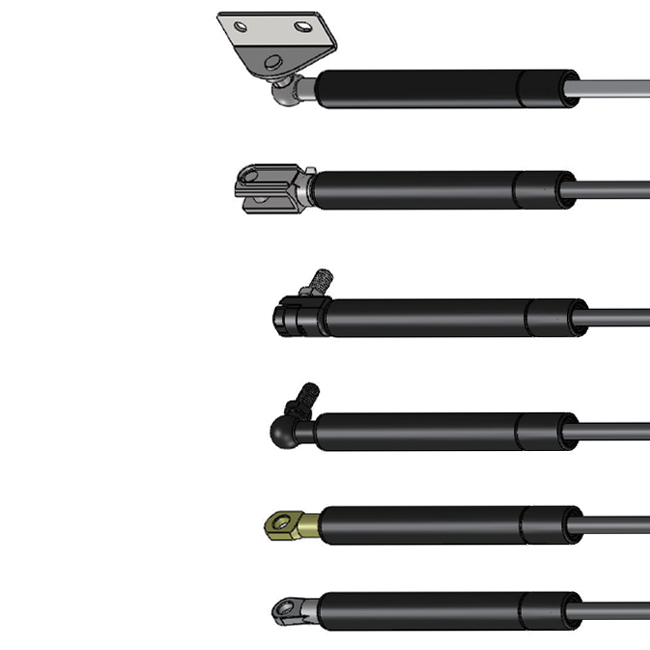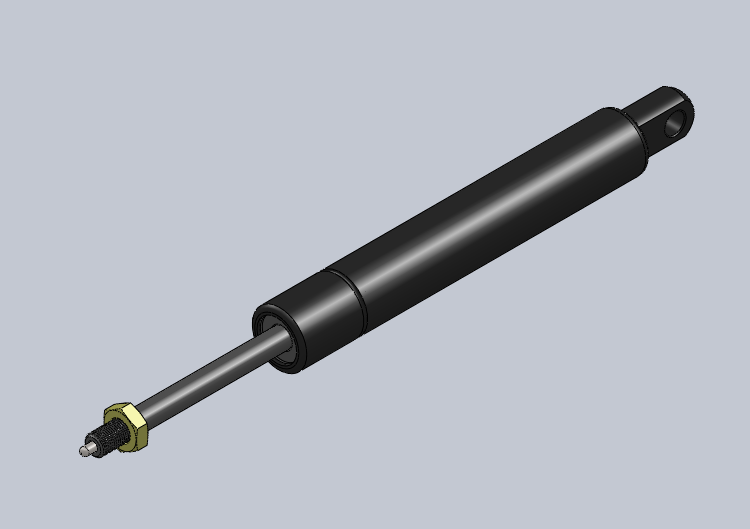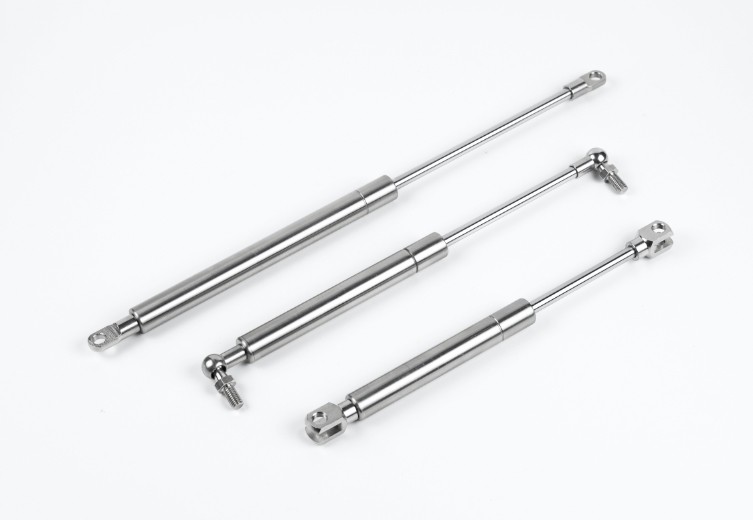Getting the right force for a gas spring is non-negotiable—too weak, and it won’t lift your lid or panel; too strong, and it risks damage or unsafe jolts. Whether you’re building kitchen cabinets, automotive compartments, or industrial equipment, this guide simplifies the technical process into actionable steps, using clear formulas and real-world examples to ensure accuracy.
Step 1: Gather 3 Critical Variables
Before calculating, you need three key measurements from your project—these are the building blocks of force calculation:
- Object Weight (W): The total weight of the lid, panel, or component the spring will support. Measure in Newtons (N); if you have mass in kg, convert using ( W = \text{mass} \times 9.81 ) (standard gravity). For example, an 8kg cabinet lid = ( 8 \times 9.81 = 78.48 \, \text{N} ).
- Hinge to Center of Gravity (D): Measure the distance (in meters) from the object’s hinge (pivot point) to its center of gravity (CoG). Find CoG by balancing the object on a finger—this is where weight is evenly distributed.
- Hinge to Spring Attachment (L): Measure the distance (in meters) from the hinge to where the gas spring will attach to the object.
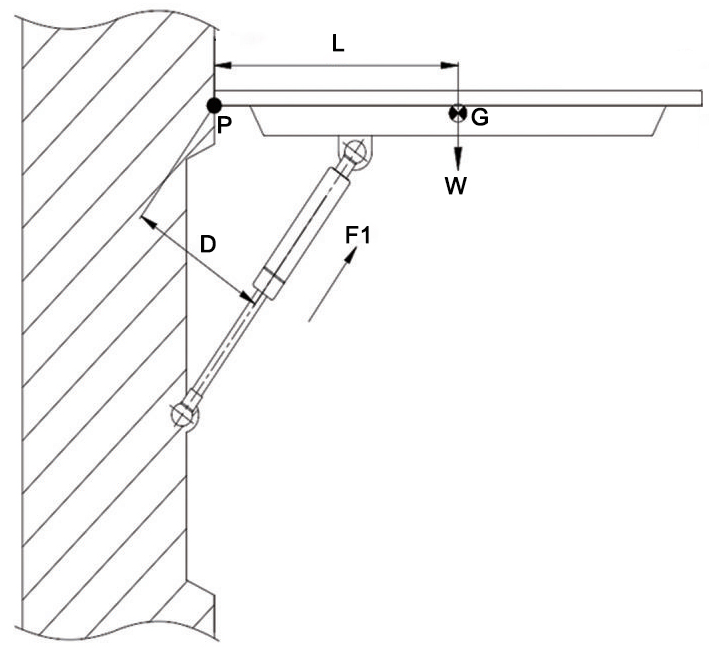
Fig. 1: Visual of W, D, and L—critical for accurate force calculations.
Step 2: Calculate Basic Required Force
Use the torque balance formula to find the minimum force (( F )) the gas spring needs. This ensures the spring’s force counteracts the object’s weight around the hinge:
Core Formula
[ F = \frac{W \times D}{L} ]
Example Calculation
Let’s use a kitchen cabinet lid with:
- ( W = 78.48 \, \text{N} ) (8kg lid), ( D = 0.4 \, \text{m} ), ( L = 0.6 \, \text{m} )
Plug in the numbers:
[ F = \frac{78.48 \times 0.4}{0.6} = 52.32 \, \text{N} ]
This means you need a spring with at least ~52N force.
Step 3: Add Buffers for Real-World Factors
The basic formula works for ideal scenarios—adjust for these real-world issues to avoid undersizing:
-
Friction & Speed: Hinges, seals, or fasteners create friction. Add 10% for residential use (cabinets) or 15–20% for industrial/automotive applications.
- Example: ( 52.32 \times 1.10 = 57.55 \, \text{N} ) (10% buffer).
-
Mounting Angle: If the spring isn’t vertical (e.g., 30° angle), use ( \cos(\theta) ) to adjust—angled springs need more force.
- Formula: ( F_{\text{adjusted}} = \frac{F}{\cos(\theta)} )
- Example: ( \frac{57.55}{\cos(30^\circ)} \approx 66.46 \, \text{N} ).
-
Multiple Springs: If using 2+ springs, divide total force by the number of springs.
- Example: 200N total force ÷ 2 springs = 100N per spring.
Step 4: Validate with Stroke Length
Force alone isn’t enough—stroke length (how far the spring extends) must match your object’s travel:
- Measure the distance the object moves from fully closed to open (e.g., a cabinet lid lifts 150mm).
- Choose a spring with a stroke equal to or slightly longer (5–10%) than this distance (to fit mounting hardware).
Example: A 150mm travel lid needs a 150mm+ stroke spring (e.g., common models like YQ6025, 150mm stroke, 50–200N force).
Common Mistakes to Avoid
- Guessing CoG: Always measure CoG—assuming it’s the midpoint leads to wrong force.
- Forgetting Stroke: A 60N spring with 100mm stroke won’t work for a 150mm travel lid.
- Skipping Buffers: Using the exact 52N calculation without adding 10% for friction may leave the spring too weak.
Final Checklist
✅ Calculated force (with buffers) matches the spring’s rating.
✅ Stroke length fits the object’s travel.
✅ Mounting angle is accounted for.
✅ Multiple springs split force evenly.
By following these steps, you’ll select a gas spring that works reliably. For complex projects, consult our technical team—they can refine calculations for unique needs.
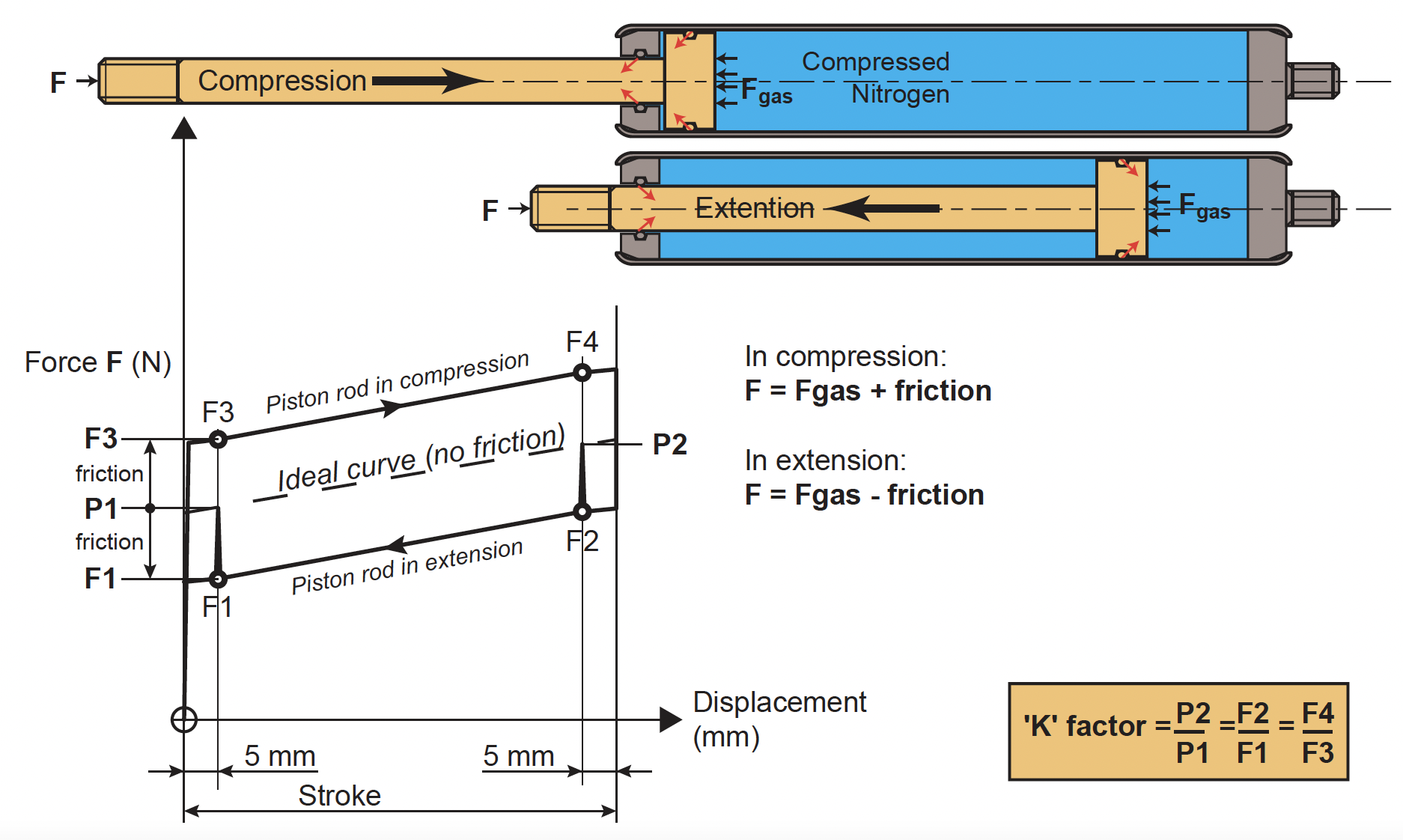
Fig. 2: Quick checklist to confirm your force and stroke choices.

